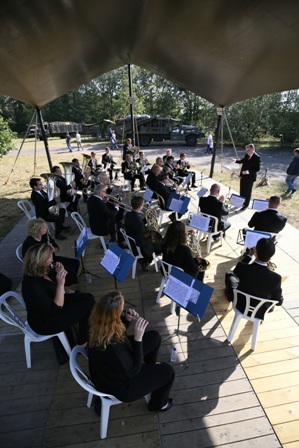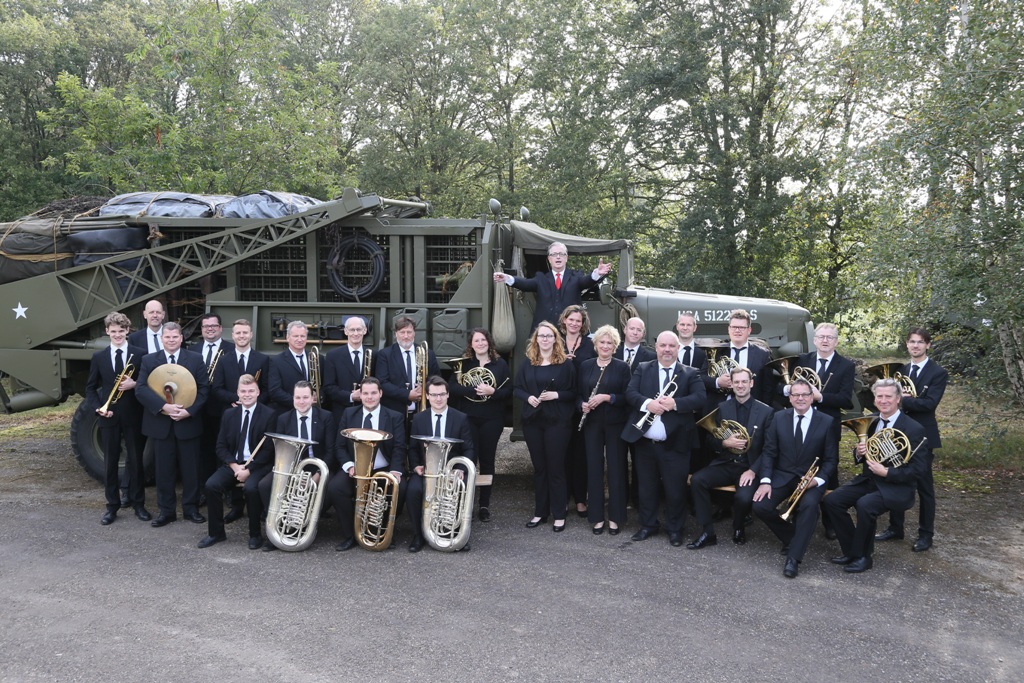TO THE FANS OF MARCH MUSIC
The March is a composition which tells a (short) story in three or four minutes. Often full of energy due to it’s cheerful and uplifting melodies and the strict tempo in which it is performed. In other words: the March has catchy themes, is often in a major key and played in March tempo (Allegro; MM = 120). All in all, a short story with a proud tone to it.
From a music technical perspective (form), the March consists of a series of themes a.k.a. melodies which are played one after the other and not further developed. As a rule of thumb, the first theme (A) is followed by a second theme (B) of different character and a third theme (C) misleading the listener. After which the differences between the European and American Marches of the 19th century come about.
John Philip Sousa did not particularly like the European approach with a repeat of all three themes at the end: AABBCCABC. He composed a fourth theme (D) which he alternated with the third theme: AABBCDCD. As a result, there is more variation as well as a gradual development towards the climactic ending. This way, the March has become a mini Symphonic Poem. American March music was born.
From a musicological perspective (music history), the March is rooted in at least two different sources. On the one hand, this is specially composed music to support soldiers marching.
On the other hand, this is specially composed dance music used to alternate with the Waltz. Spinning around in a ‘three step’ all the time is very tiring. In the 19th century the March was also called ‘two-step’ from which the fox-trot and quick-step (famous ballroom dances of the 20th century) originate.
The March is also suitable to listen to and entered the repertoire of the Symphony Orchestra in the 19th century as Concert March. March music is often used in the circus for those hilarious chasing pursuits, just like slapstick scenes in the silent movies of the early 20th century.
In summary, not all Marches are the same. In a musical sense translated by it’s performance. The purpose of the March is important, as are it’s style and character. The Sousa Tribute Band will let you hear these differences.
There is a lot of joy in listening to March Music!
WORTH KNOWING
In the USA, Marching Music Day is celebrated on March 4 (‘march forth’) every year.
LINKS


